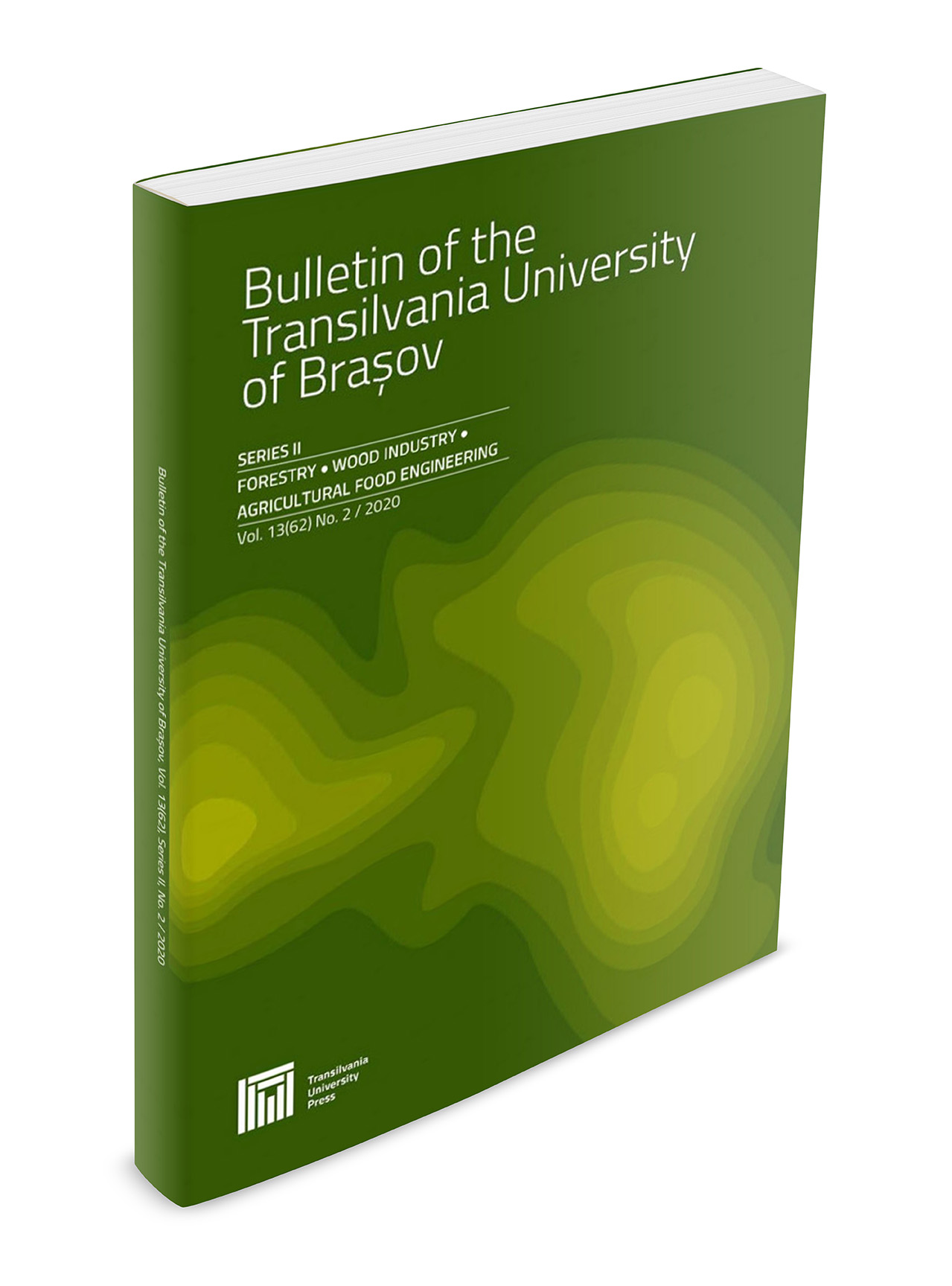Journal information
 |
Title: Bulletin of the Transilvania University of Brasov. Series II: Forestry, Wood Industry, Agricultural Food Engineering Publishing House Transilvania University Press Frequency: 2 issues per year (June, December) ISSN (Print): 2065-2135 ISSN (Online): 2971-9372 ISSN-L: 2065-2135 Cod CNCSIS: 492 |


